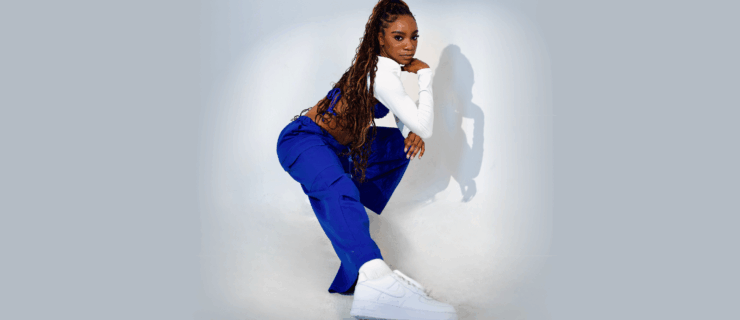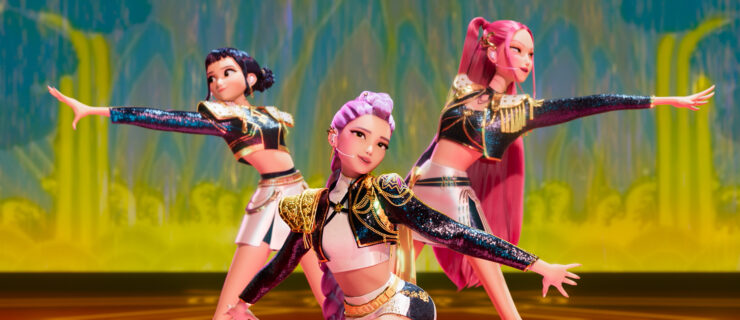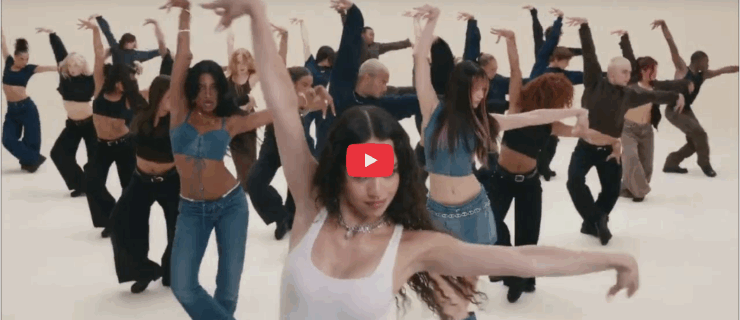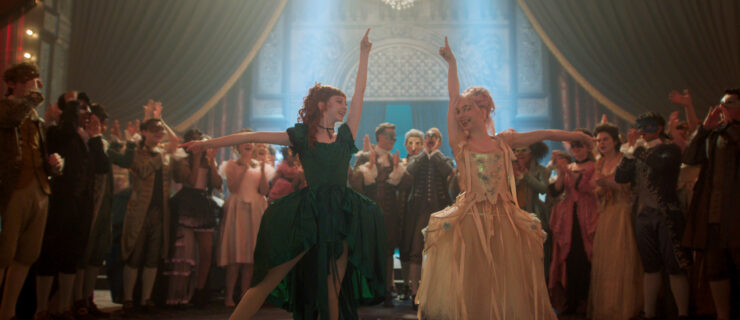6 Famous Dancers on the Dance Movies That Changed Their Lives
Pretty much every dancer grows up obsessed with dance films. They’re endlessly entertaining, of course—who doesn’t love a dance movie night?—but they’re also endlessly inspiring. As an accessible way to see the work of some of the world’s best dancers and choreographers, dance movies are often our first real exposure to the incredible power of this art form.
We asked six A-list dance pros to talk about the dance films they couldn’t—and still can’t—get enough of.
Jamal Sims
Choreographer Jamal Sims says he’s seen The Wiz—the 1978 reimagining of The Wizard of Oz with an all-black cast—over 500 times. “I know every line. I know every step. I can even point out the dancers in the back who messed up!” he says, laughing.
Sims still remembers the first time he saw the movie, at age 8, sitting with his cousins at the Cinerama Dome in Hollywood. “I was terrified of it, but also so enamored,” he says. “Everything was larger than life—the winged monkeys, the crows, the NYC subways. I just loved it.” He loved it so much, in fact, that he later got a tattoo of the movie’s characters on his arm.
Now a widely respected director and choreographer, Sims applied The Wiz‘s over-the-top mentality to his work on the Aladdin remake released earlier this year, emulating the feel of the big production numbers from The Wiz. “We had over 500 people in the parade scene, and I kept telling the dancers to remember that the joy has to pop through the screen,” says Sims.
Charlize Glass
How did “World of Dance” competitor and Most Fierce Dancer Under 18 Industry Dance Award nominee Charlize Glass get to where she is today? With plenty of onscreen inspiration from the movies of the Step Up series—especially since they star a few familiar faces.
“Seeing friends that I’ve danced with and choreographers who’ve taught me in the past was really cool,” says Glass, naming Adam Sevani (“Moose”) and Dave Scott as two examples. She loves geeking out when her dance friends post clips from the films on Instagram.
While Glass’ favorite scene is the “water dance” from Step Up 3D—in which Sevani and his hip-hop crew get wet and wild—she also admires the way the stars of the Step Up series can bring it across the board. “In the dance battle scenes, they’re battling with breaking, contemporary, hip hop, and popping,” says Glass. “Seeing all the different styles in the movie reminds me to stay versatile.”
And most of all, her love of all things Step Up reminds Glass that though she’s unlocked many dance goals, she’s still hoping to hit the big screen. “It’s always been a goal of mine to be part of a dance movie or in a movie in general—either dancing or acting,” she says. “I’d love to manifest that for the future.”
Mandy Moore
From slo-mo grands jetés to “strong, athletic jazz movement,” the 1983 flick Staying Alive has it all for Mandy Moore, whose impressive choreography resumé includes the Oscar-nominated film La La Land. Moore has seen the movie close to a hundred times, and says she fell for it because of the central role jazz plays in the plot. “I loved that the main leads didn’t look like actors trying to dance, but instead were amazing dancers themselves,” she says.
The film opened Moore’s eyes to the different ways jazz dance could be portrayed on camera, and sparked new possibilities for what she describes as her “young creative mind.” She found the fast-paced editing an interesting departure from the slower cuts of old-fashioned MGM-era musicals.
For Moore, Staying Alive has a timeless appeal. “I think great dancing never goes out of style,” she says. “It’s a story about struggling artists, and that narrative never changes.”
Comfort Fedoke
As a hip-hop pro and fixture on “So You Think You Can Dance,” Comfort Fedoke has plenty of tricks up her sleeve. So in a way it’s unsurprising that You Got Served—with its sick moves and trick-filled battles—is her top dance movie of all time.
Fedoke says the film captured her imagination as a teen coming up on the dance scene. “I remember Ivan ‘Flipz’ Velez doing this trick where he sits Indian-style and then flips backward onto his elbows,” she says. “I must have re-watched that part a thousand times. It was awesome to see dancers creating art with their bodies.”
The movie wasn’t just an inspiration to Fedoke, but also a reflection of her own daily experiences. “You Got Served really captured the essence of battles and street dance,” says Fedoke. “I was living that life already, and it helped encourage me to pursue a dance career.”
Robert Roldan
For “SYTYCD” All-Star and all-around idol Robert Roldan, Grease is the word. “Every time my babysitter came over, we would do the hand jive together,” he says, with a laugh. “Grease is so lighthearted and fun, and it gives me a lot of joy when I think about it.”
Roldan says his favorite scene is the prom dance, when Danny Zuko and Cha-Cha DiGregorio steal the show. He thinks it’s the perfect example of the movie’s organic approach to choreography. “It doesn’t feel overproduced,” he says. “What choreographer Patricia Birch did was present the characters as their most raw, authentic selves. As a dancer, that’s so freeing.”
As for which T-Bird Roldan would be? That one’s easy: “Danny Zuko, for sure. He’s the coolest.”
Chloe Arnold
It’s all about the ’80s for tapper Chloe Arnold, whom you likely know from her viral Syncopated Ladies videos. The 1989 film Tap—starring legends Gregory Hines, Sammy Davis Jr., and Savion Glover—is Arnold’s favorite dance movie ever. And it ended up having a major impact on her career.
“It was wild, because after that movie came out, a lot of the dancers in the film started doing master classes in Washington, D.C., where I grew up,” Arnold says. “Within a year or two of seeing Tap, I was meeting and getting to take class with the people in the movie. It was really invigorating to see something on the big screen and then have it become real life.”
Arnold, who studied film at Columbia University, is currently shopping a few tap-centered movies around Hollywood. “What makes dance movies so important is that they reach people who might not ordinarily be able to see a show,” she says. “If I hadn’t seen Tap, I wouldn’t have known it was possible to do everything I’m doing.”




